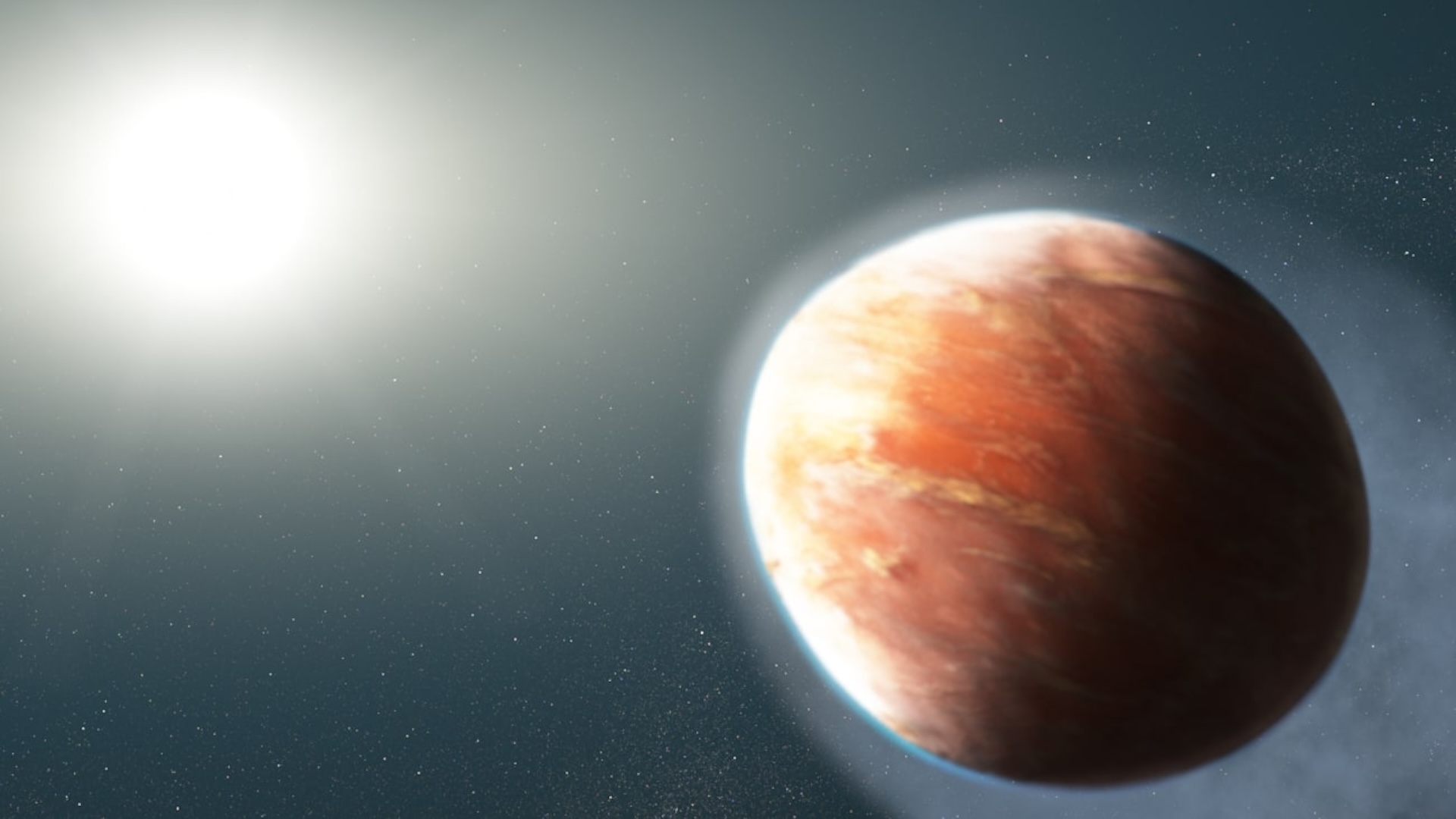Scientists believe that Mars at the beginning of its development was more like Earth. It is known that liquid water was as widespread there as it is on Earth today. In the Jezero crater, at the bottom of which the Perseverance rover is currently walking, for tens of millions of years there was a vast lake in which rivers flowed. This, in turn, means that the atmosphere of young Mars must have been much denser than it is today. so what happened?
How is Mars different from Earth?
One of the major differences between Earth and Mars is the latter planet’s lack of a magnetic field. The Earth’s magnetic field provides excellent protection against the constant flow of high-energy particles emitted from the sun’s atmosphere, the so-called solar wind. When they reach Earth’s periphery, they are intercepted by magnetic field lines and flow around our planet, some of them ending up in Earth’s atmosphere near the planet’s poles. The magnetosphere is also ideal for magnetic storms caused by plasma masses that reach Earth from coronal mass ejections or solar flares.
Unlike Earth, Mars does not have such protection. Mars’ magnetic field does not exist, so the flow of the solar wind directly hits the planet’s upper atmosphere, slowly eroding it. When the high-energy particles collide with water molecules in the Martian atmosphere, they split them into oxygen and hydrogen. Hydrogen, being the lightest element in nature, easily breaks away from the Martian atmosphere and escapes into interplanetary space. In fact, studies have shown that even now there is still a “hydrogen tail” behind Mars. The thinner the atmosphere, the more harmful radiation reaches the surface of the planet. So the question arises: Why doesn’t Mars have its own magnetic field?
Earth’s magnetic field is caused by electric currents in Earth’s liquid core. The convection currents that occur there are the driving force for the self-exciting dynamo. So, to answer the question of the fate of Mars’ magnetic field, scientists had to look deep into the Red Planet. For this purpose, in 2018, the InSight lander was launched to Mars, equipped with a highly sensitive seismometer, whose task was to listen for vibrations coming from the interior of the planet. Scientists hope that information about seismic tremors on Mars will give us information about the planet’s interior.
Also read: The InSight lander is at the end of its existence. How will his mission on Mars end?
Over the course of four years, InSight has already recorded hundreds of smaller and larger seismic tremors. The seismometer on board was so sensitive that it recorded vibrations caused by the Perseverance rover’s descent several hundred kilometers away.
What does Mars hide inside?
Although InSight ended its work in December 2022, scientists are still analyzing the seismic data it collected. in Latest scientific article Published in the periodical Proceedings of the National Academy of Sciences An international team of seismologists describes the first-ever recorded seismic waves that passed through the Martian core before reaching a seismometer.

Based on the wave distortions and delays, scientists have been able to determine that the Martian core contains a completely liquid iron core with a large mixture of sulfur and oxygen in the inner layer. By comparison, Earth has a solid inner core surrounded by a liquid outer core. The light elements (oxygen and sulfur) account for up to 20 percent. The mass of the Martian core, which makes it much lighter than the Earth’s core.
So it turns out that these differences between the cores of both planets determine whether or not they will generate a magnetic field. However, it should be noted that this was not always the case. Studies of the Martian crust indicate that once the Martian core also generated a magnetic field, traces of which are still visible in rocks today. While the planet may have been hospitable to life in the past, over the course of four and a half billion years it has become unholy to life.

Echo Richards embodies a personality that is a delightful contradiction: a humble musicaholic who never brags about her expansive knowledge of both classic and contemporary tunes. Infuriatingly modest, one would never know from a mere conversation how deeply entrenched she is in the world of music. This passion seamlessly translates into her problem-solving skills, with Echo often drawing inspiration from melodies and rhythms. A voracious reader, she dives deep into literature, using stories to influence her own hardcore writing. Her spirited advocacy for alcohol isn’t about mere indulgence, but about celebrating life’s poignant moments.










